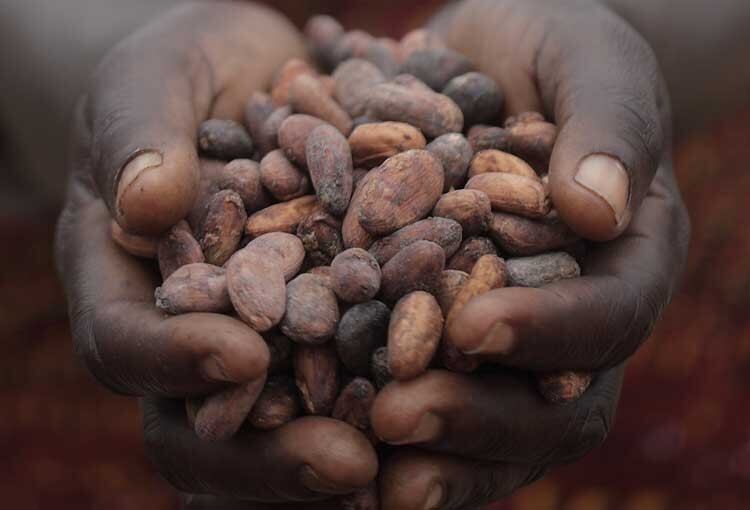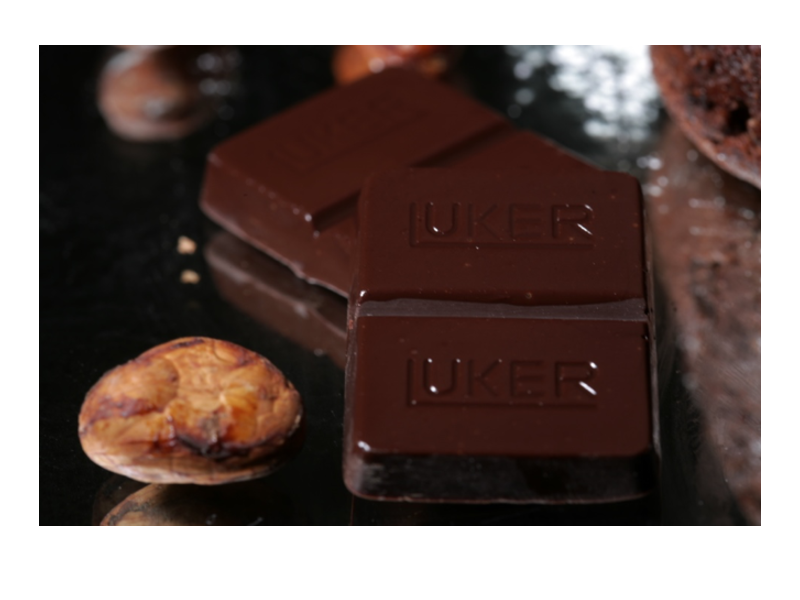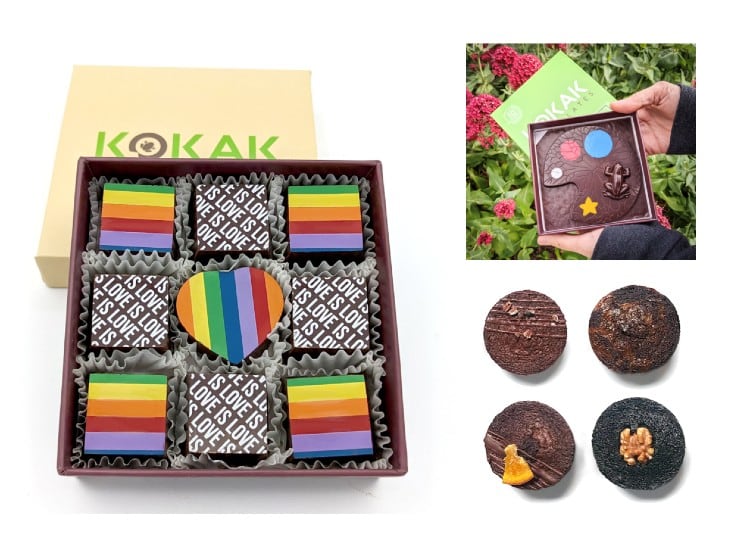Bernay says that approximately 75% of consumers express a high interest and appeal for products that declare the provenance of their ingredients. As well as a consumer perspective, governments are increasingly implementing transparency regulations for manufacturers to follow.
“If we zoom in on chocolate, it's a category that is a bit behind, so are trying to benchmark chocolate and cocoa based products with other categories. What we see, based on our survey conducted in 2019, [is] half of the products such as coffee do declare where it comes from, chocolate was more less or 11% …”
Bernay says there is a disconnect from cocoa sold on the market from the physical origin of the beans. Cocoa sourced from South America is much better at communicating where the beans come from than producer countries in West Africa, for example.
Cargill’s single-origin cocoa powders include Gerkens AM70 Tropique, a medium reddish brown cocoa powder, sourced from Cote d’Ivoire, along with a broader range of products from the region.

“It’s a product that we have put quite some attention on lately. It's one of our single origin cocoa powders from Cote d'Ivoire. We have direct sourcing at Cargill in several countries, including Madagascar, Ghana and Cote d’Ivoire, which are the main suppliers of cocoa beans.
“So all the beans come exclusively from Cote d'Ivoire. And what is special about it, is that it has a very fruity profile taste, which makes it very outstanding on the market.”
Single origin is a "hot topic,” says Bernay. “So, every year, we conduct research, and we have just talked to more than than 7,000 consumers in India and what came out of it is that the appeal of single origin, chocolate is very high at 60% with about the same percentage willing to pay more for it …
“So, if you look at the average price of a single origin product, it tends to be more expensive than a non-single origin product, so, this is already common practice and consumers are open to pay more.”
- Listen to the full interview with Philippe Bernay in our special single origin podcast.




